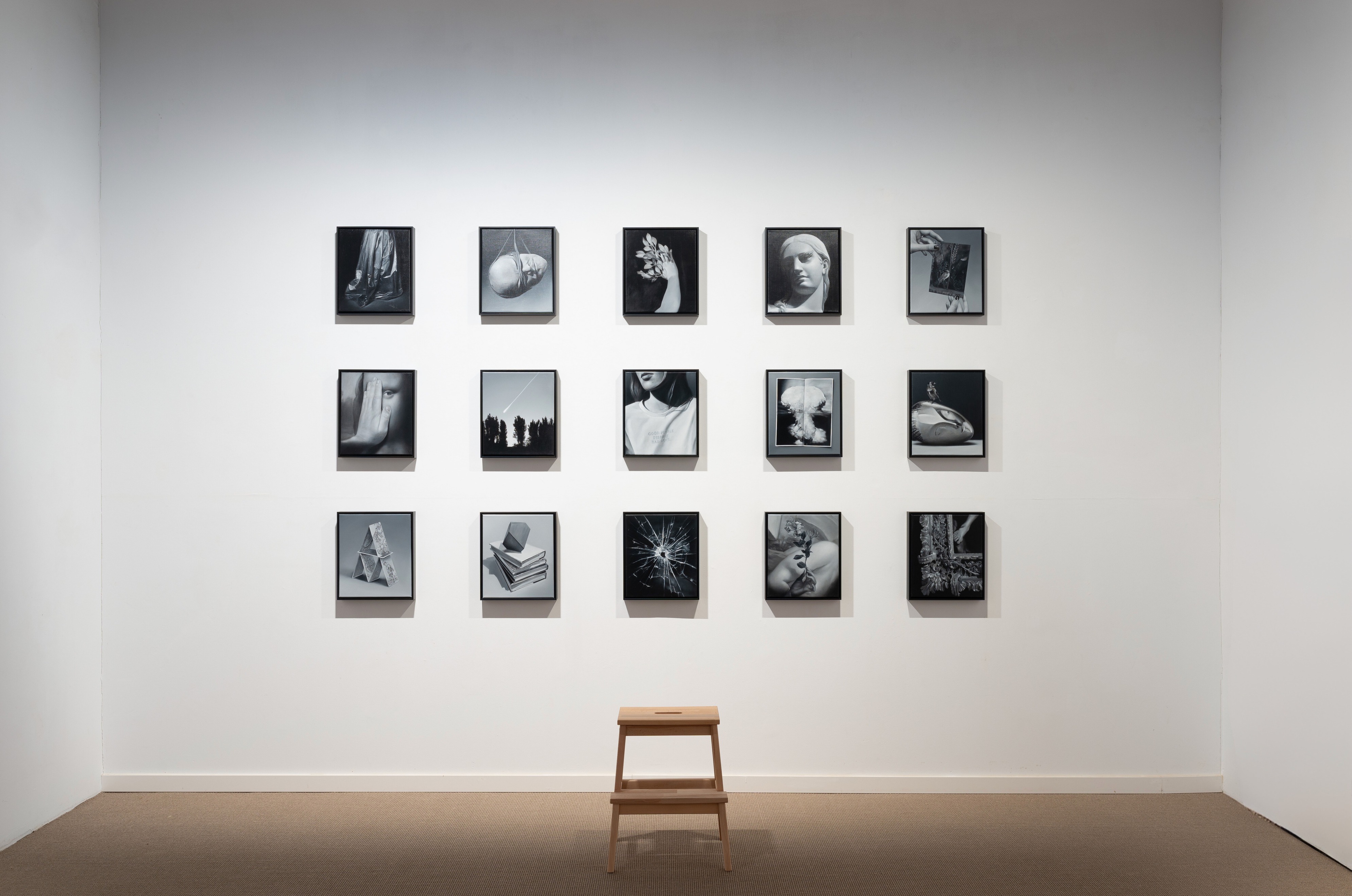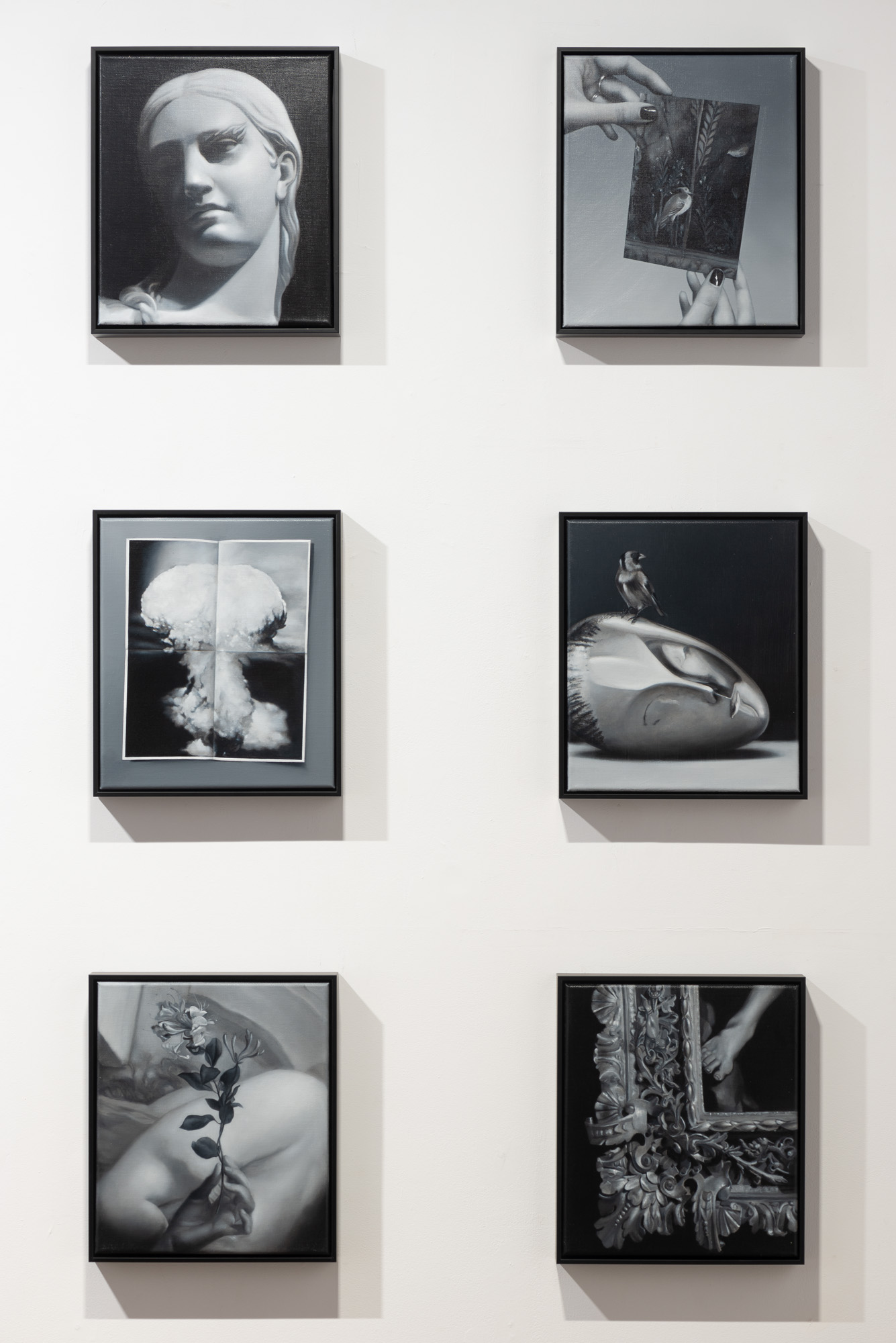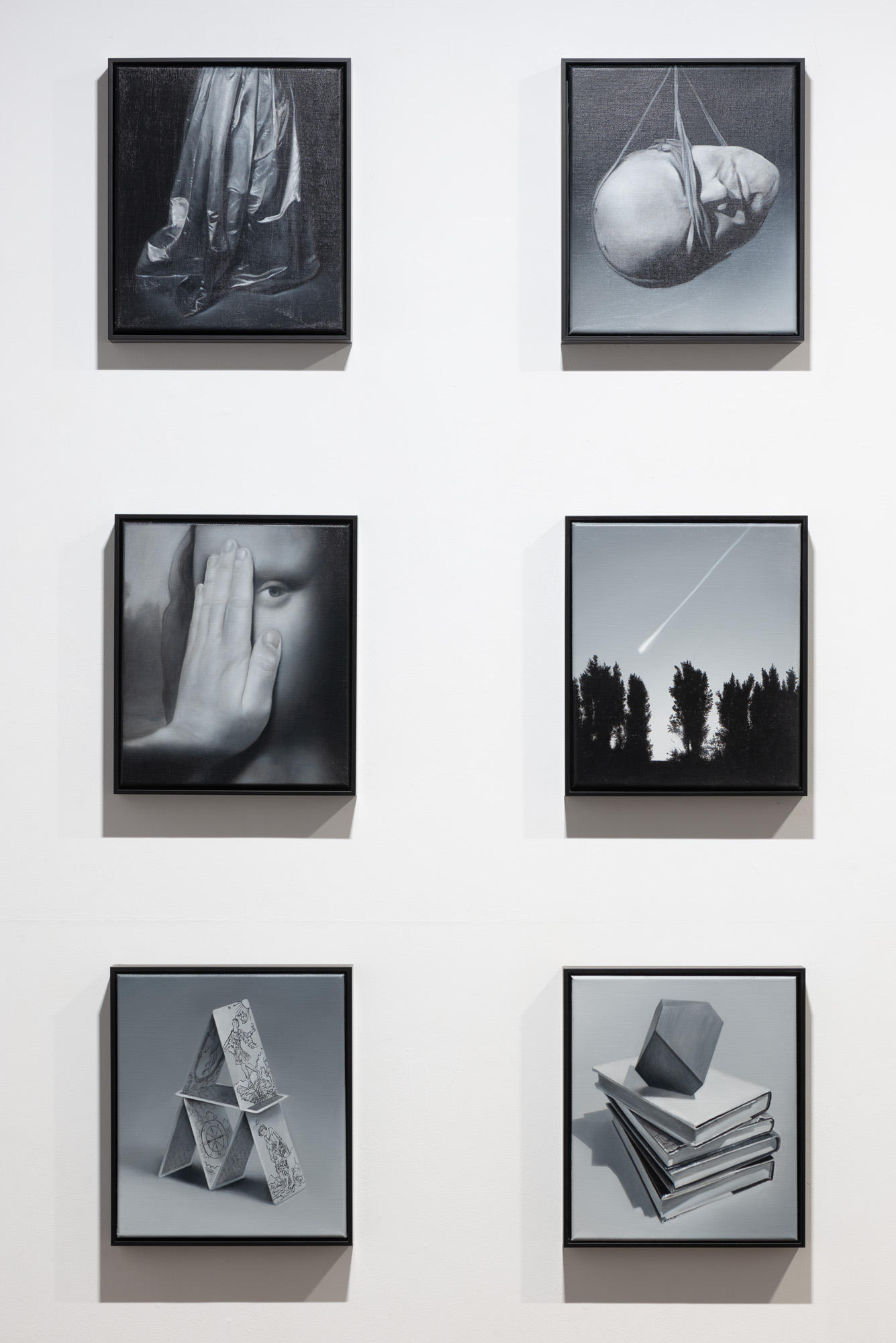


From December 12, 2024, to March 4, 2025
A polyhedral vision
Mikel Onandia
'Images were first made to conjure up the appearances of something that was absent. Gradually it became evident that an image could outlast what it represented; it then showed how something or somebody had once looked —and thus by implication how the subject had once been seen by other people. Later still the specific vision of the image-maker was also recognized as part of the record. An image became a record of how X had seen V. This was the result of an increasing consciousness of individuality, accompanying an increasing awareness of history.'
Ways of Seeing, John Berger
__
This complex exercise we call looking, which takes place within the framework of a visual, linguistic and conceptual hermeneutic circle, conditioned by a tangle of images, stories and experiences, both individual and collective, is one of the central themes of Alain Urrutia's work, which precisely focuses on the gap between sight and vision, the object and its representation, the image and the concept, following in the tradition of those artists (from René Magritte to Joseph Kosuth) whose plastic work addressed —and completed— what analytical philosophy, with Wittgenstein at its head, tried to explain intellectually, namely the relationship between reality, thought and language (images).
Although at first glance it might seem to be easy to see it in its entirety, Alain Urrutia's exhibition Melancolías features an installation that requires a slow gaze, so that the time that painting always takes slows down with the small size of the pieces, their quantity and diversity, a priori unconnected to each other, and their mysterious nature. It is a composition of fifteen small paintings that function both individually and as a whole as a large piece, in which the artist achieves a suggestive balance between the singularity of the part and the overall impression of the whole.
By avoiding horizontal arrangement and seriality, as well as their usual separation in favour of the concentration of images, the narrative ceases to be linear to make possible a weaving of connections and layers that suggest skimming reading, different stories —formal, iconographic, poetic— some more or less explicit, others almost private, without a clear and univocal meaning that must be completed by the viewer.
Urrutia's work does not follow a defined procedure. Instead, one painting leads him to create another, without knowing what the next ones will be. As in previous exhibitions, he presents the show as a visual poetry book, and each piece functions as a poem. In this case, the leitmotiv is melancholy, a feeling of vague, calm and permanent sadness usually linked to an experience or a memory from the past. Since ancient times, according to the classical doctrine of temperaments associated with the humoral theory, and throughout the centuries, especially since the Renaissance, artists have been identified with homo melancholicus, a special being born under the Saturn zodiac sign. This explained their talent and eccentric behaviour, which was associated with the category of genius from the very beginning, an idea that was further explored in the 19th century with Romanticism and approached from psychoanalytical principles in the early 20th century.
However, the melancholy referred to in Urrutia's installation, in addition to being linked to the state of mind that triggers the creative spark, is also revealed to us as a feeling of nostalgia for a place, an event, a form, a lost world that we cannot identify and which permeates all the images, which, despite being fragmented and ambiguous, even nearly absurd at times, evoke a feeling of —perhaps existential— unease. In any case, melancholy, almost always considered as an abstract thing, as if it were only one, is in this case multiplied. As a result, it leads us to a diverse and open understanding in which the melancholic states, as many as the pieces that make up Urrutia's installation, expand and interrelate without any solution of continuity.
After spending almost twenty-five years buried, a large head of Lenin travels through the air, while a small bird perches on Brancusi's sleeping muse. Between different interweaving gazes, we find close-ups or fragments of works of art, landscapes, books, dress pleats, frames, political slogans, and house of cards made from tarot cards or explosions, more or less recognisable, sometimes facing up or facing down, which implies a certain strangeness. The intertextuality is truly profuse beyond the obvious. And in Urrutia's work we find at first glance Leonardo and Edward John Poynter, but also, if we look closely, Kafka and Ribera, Kubrick and Buzzati.
It is worth noting the small wooden sculpture located next to the paintings. It is a three-dimensional reproduction of the geometric piece that Albrecht Dürer included in his complexly symbolic engraving dedicated to melancholy in the early 16th century. The wooden piece functions as a symbolic compendium not only of the multiplicity of meanings of the mural and its consequent polyhedral gaze, but also of the artist's interest in exploring the intricacies of the art of the past as a real object that provides, from the outside, a real scale and dimension to the totality of the images.
Urrutia's unique language, which alludes both to the grisaille technique and to the black and white of the world of cinema and historical photography, giving it a certain silent and timeless nature, shows in his latest work a certain evolution with an ever-greater softness of the lines anda subtle gradation of shades close to sfumato, not to mention the outstanding gentleness in the treatment of the objects that highlights their enigmatic character. In this sense, it should be underlined that Alain Urrutia is not merely a creator of images. His work is an example of the best tradition of painting history. It is in this setting and with the very tools of pictorial language that his work finds its true value, where it unfolds a level of execution and consistency to which photographic reproduction never does justice.



